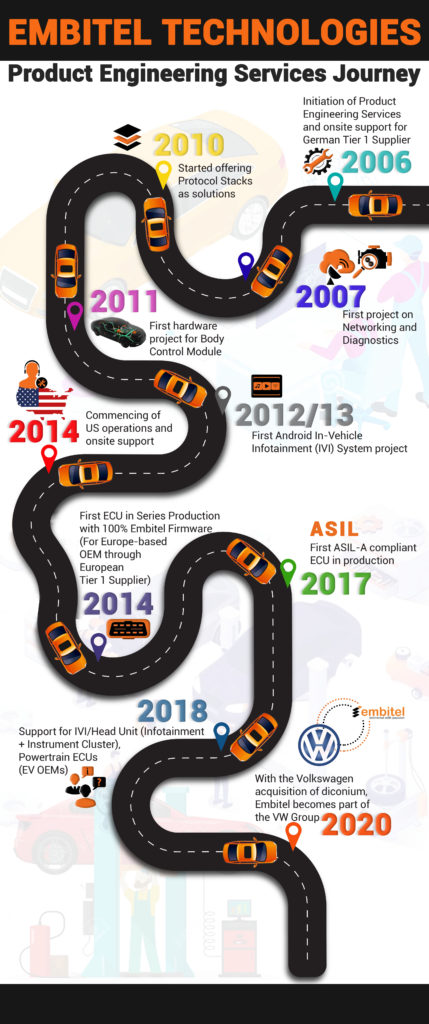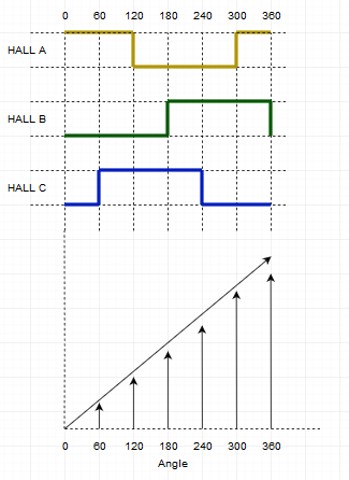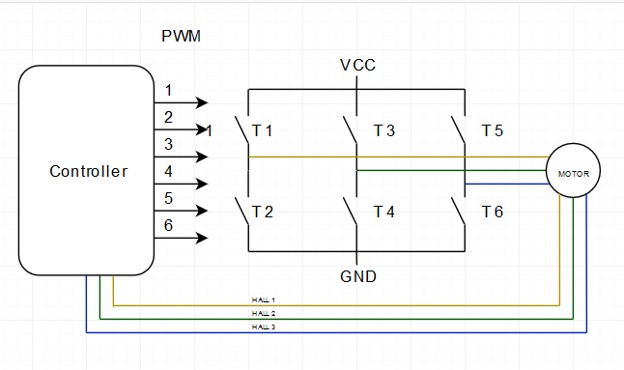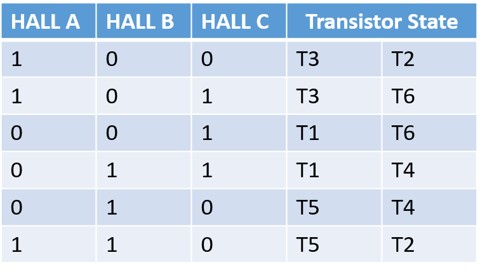How Product Recommendation Can Increase Conversion Rate for Your Magento Ecommerce Store
Category : Digital Commerce & Experience Blog
One of the main challenges an online store faces when compared to a brick and mortar store is the ability to understand customer needs and improve their shopping experience accordingly.
In an offline store, it is possible to interact closely with customers and gauge their responses to make the shopping experience more satisfying. On the other hand, an online store is challenged with the risk of cart abandonment in the event of an unpleasant customer experience.
Traditionally, an offline store owner’s tried-and-tested method to woo a customer has been the act of making him/her feel extra special. Incidentally, the online store rule book also has a technique that promises similar results. This is referred to as Product Recommendation.
Product recommendation has the potential to improve the conversion rate of a Magento ecommerce store by a great deal.
Here, we take a deep dive into the various aspects of product recommendation and how it can be implemented on your Magento store.
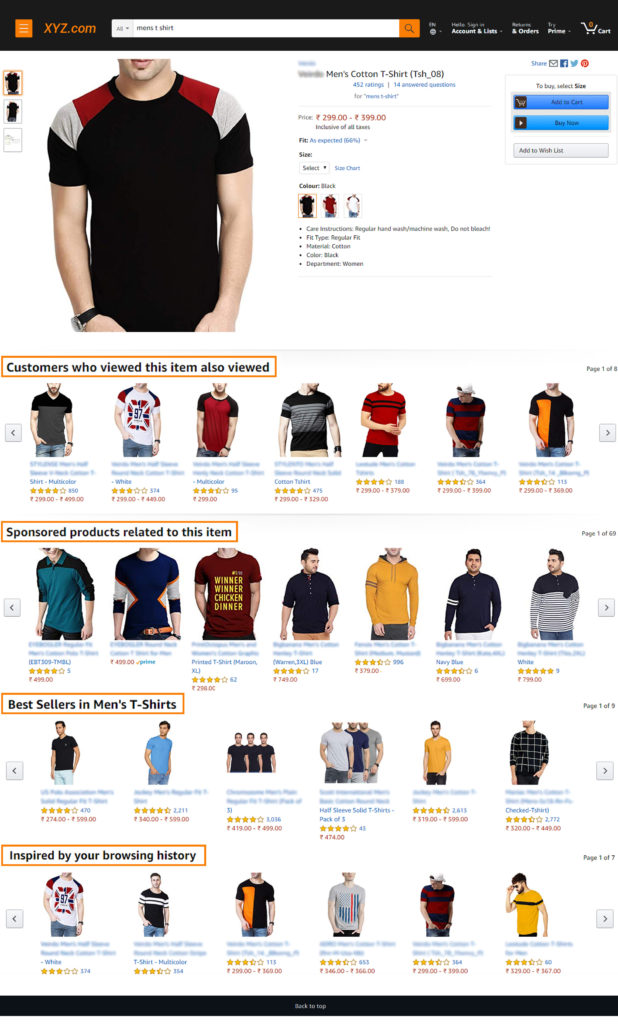
Personalized Product Recommendation – A Closer Look
Product recommendation is one of the most powerful marketing tools in the arsenal of an online marketeer. Listed below are some of the key features of this functionality:
- Personalized product recommendations are suggestions that take aggregated visitor data for deep analysis. Hence, from the customer’s perspective, these suggestions are highly relevant.
- Ecommerce stores can leverage the potential of product recommendations to stimulate customer engagement. This can result in improved conversions and increased revenue.
- A customer can view his/her personalized product recommendation under sections promoted as “Customers who viewed this product also viewed”.
Types of Product Recommendations
Product recommendations can be broadly classified into the following categories:
- Generic – These recommendations suggest common products for all customers on the website. This does not depend on any purchase history or product as the baseline. Some examples of generic recommendations are best-sellers, new arrivals, etc.
- Complementary – These recommendations are for products that would complement the choice of the customer. For instance, if a customer has selected a formal shirt, the complementary product recommendation would be that of a matching tie.
- Alternative – These recommendations are for products that are similar to the selected product and can be purchased instead.
How Product Recommendation Engines Work
A Recommendation Engine basically filters vital information from a large amount of historical data collected based on a user’s interests and activities. These engines work on machine learning algorithms that predict a user’s preference from the “learnings”.
From the user’s perspective, a significant advantage of this feature is their ability to easily find products they are looking for. Recommendations could be based on products that the user liked or bought; it could even be dependent on the products preferred or bought by similar users.
A recommendation engine should be flexible enough to have the ability to provide timely information to users. This includes insights on special offers, change in prices/assortments, etc.
Data Processing in Recommendation Engines:
The various phases of data processing in a recommendation engine are listed below:
- Data Collection – Behaviour analysis of a user is done by gathering the right data to trigger a journey. Data collected from a user is classified into implicit and explicit.
- Implicit data consists of a user’s search history, page views, orders and returns, cart events and clicks.
- When a user provides data in the form of ratings or comments, it is classified as Explicit data.
- Data Storage – A standard SQL database, NoSQL database, or any kind of object storage can be used for storing data.
- Analysis of Data – Various types of analysing methods are used to filter data and find similar products for recommendation:
- Real-time filtering and analysis – This analysis method processes data as soon as it is created and offers split-second recommendations.
- Near-real-time filtering and analysis – In this analysis method, data is collected in a few minutes and refreshed in a near real-time mode.
- Batch analysis – Data is processed periodically and emails with recommendations are sent to the user at a later date.
- Filtering of Data – The final step is the filtering of data to provide the personalized recommendation. Listed below are various types of filtering criteria used in recommendation engines:
- Content Filtering – If a user has liked or bought a product in the past, the engine recommends similar products.
- Collaborative Filtering – When the user is viewing a product, the engine recommends products that were liked or bought by similar customers.
- Hybrid Systems – When both the above filtering methods are combined, it results in a more powerful algorithm which has been gaining popularity in recent times.
Examples of Product Recommendations
Product recommendations are now seen in various business sectors, apart from e-commerce:
- Movie Streaming (Netflix) – “Other Movies You May Enjoy”
- Social Media (Facebook) – “People You May Know”
- Search Engine (Google) – “Visually Similar Images”
- Navigation Facilities (Waze) – “Best Route”
How Does the Product Recommendation Module Track User Behavior?
If you own a Magento ecommerce store, you can deploy the Product Recommendation module on the website. This module collects behavioral data by tracking the following user events:
| Event | Details |
| sign-in | User signs in to his/her account |
| sign-out | User signs out of his/her account |
| view | User views a Product Details Page (PDP) |
| add-to-wishlist | Addition of a product to the user’s wishlist |
| remove-from-wishlist | Removal of a product from the user’s wishlist |
| add-to-cart | Addition of product to the user’s cart |
| remove-from-cart | Removal of a product from the user’s cart |
| apply-discount-action | User applies a discount code to the cart |
| remove-discount-action | User removes a discount code from the cart |
| edit-product-qty | User changes the product quantity in the cart to a non-zero value |
| initiate-checkout | User starts the checkout process |
| place-order | User submits the order |
| instant-purchase | User completes an instant purchase transaction |
What Types of Product Recommendations are Provided by Magento?
The following types of product recommendations can be implemented on a Magento ecommerce store:
| Recommended for You | Recommends products on the basis of the user’s behaviour (current and historical) on the website |
| More Like This | Recommends products based on similar attributes |
| Most Viewed | Recommends products that maximum shoppers have viewed in the last 7 days |
| Most Added to Cart | Recommends products that have been frequently added to carts in the last 7 days |
| Most Purchased | Recommends most purchased products in the last 7 days |
| Viewed This, Viewed That | Recommends products that were often viewed by users who viewed the specified product |
| Bought This, Bought That | Recommends products that were often purchased by users who purchased the specified product |
| Viewed This, Bought That | Recommends products that were often purchased by users who viewed the specified product |
Collection of Product Recommendation Metrics
Magento collects the following product recommendation metrics to analyse how well the recommendations are performing:
- Views – This indicates the number of recommendation units that a user has seen. This metric is triggered when a user scrolls and views 50% of a recommendation unit.
- Impressions – This indicates the number of times a recommendation unit is loaded and rendered on a page. This metric is triggered even if the recommendation has not been viewed by the user.
- Clicks – This metric shows the number of times a user clicks on a product in the recommendation unit.
- Click-Through Rate (CTR) – This is a value that indicates the percentage of recommendation unit impressions that result in a click.
- Viewability – This value indicates the percentage of recommendation unit impressions that result in a view.
- Revenue – This metric indicates the revenue that is accrued by a recommendation unit. Revenue is the total value of products that were purchased after click-through from a product recommendation unit.
What Recommendations are Supported by Each Page on a Magento Ecommerce Store?
Ecommerce website personalization includes providing better user experience by customizing the home page, product pages, catalogues, cart, site navigation, etc.
- Home page – This page gets the maximum customer traction on a website. Store owners can provide geo-location based customized recommendations, personalized offers for new visitors and offers based on purchase history for existing customers on the home page.
- Product page – A product page highlights the product to entice customers into buying; hence, it has the highest potential to improve conversions. These pages are usually enhanced by zoom-in/zoom-out features, 360-degree product images, videos, quick checkout and customer reviews for improved user experience.
- Site Navigation – User friendly navigation is essential to an ecommerce store as it helps customers navigate smoothly across products and services offered. Some stores also provide the feeling of a completely personalized store by including the customer’s name in strategic areas on the pages.
The following table indicates the recommendations suitable for specific pages on an ecommerce store:
| Page Type | Supported Recommendations | Ideal Placement |
| Home page | Recommended for you Most viewed Most added to cart Most purchased |
At the top of the main content on page
Below the main content on page (default) |
| Category page | Recommended for you Most viewed Most added to cart Most purchased |
At the top of the main content on page
Below the main content on page (default) |
| Product detail page | More like this Most viewed Most added to cart Most purchased Viewed this, viewed that Viewed this, bought that Bought this, bought that |
Below the main content on page (default) |
| Cart | More like this Most viewed Most added to cart Most purchased Viewed this, viewed that Viewed this, bought that Bought this, bought that |
Below the main content on page (default) |
| Confirmation page | More like this Most viewed Most added to cart Most purchased Viewed this, viewed that Viewed this, bought that Bought this, bought that |
Below the main content on page (default) |
Get Started Early
Personalized product recommendations on the storefront can significantly improve ecommerce conversion rate. Similarly, these can also work well in email campaigns and newsletters.
In addition, store owners can connect with customers after purchase and provide added benefits through the distribution of coupons or discount codes for future purchases.
All in all, it is advisable to set up product recommendations on your Magento ecommerce store as early as possible. This way, data gathering can commence early and result in more accurate product suggestions.






